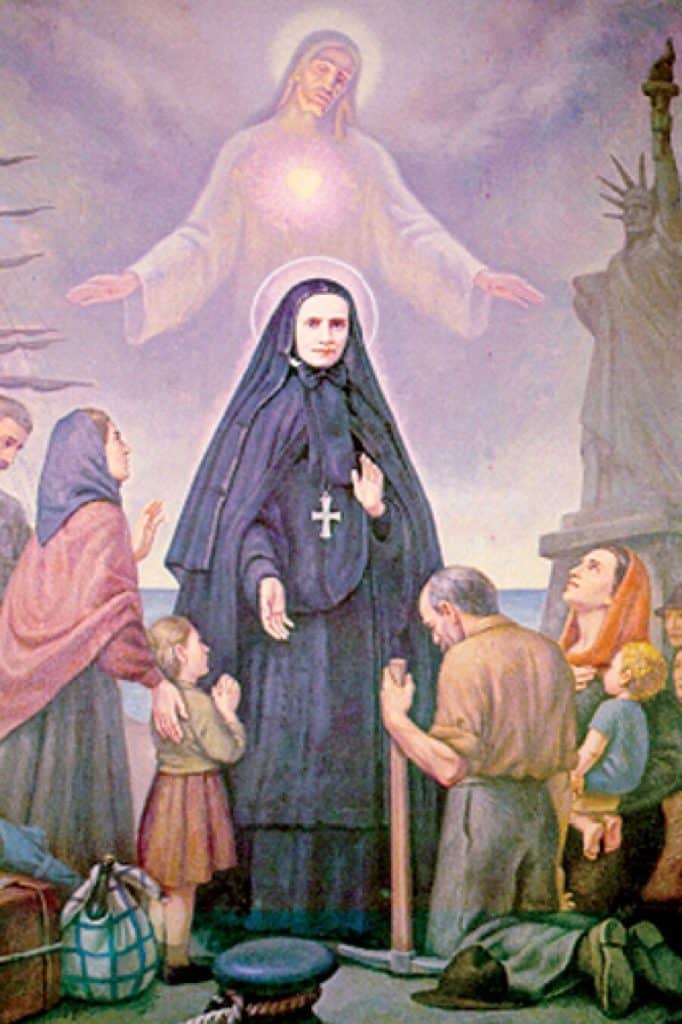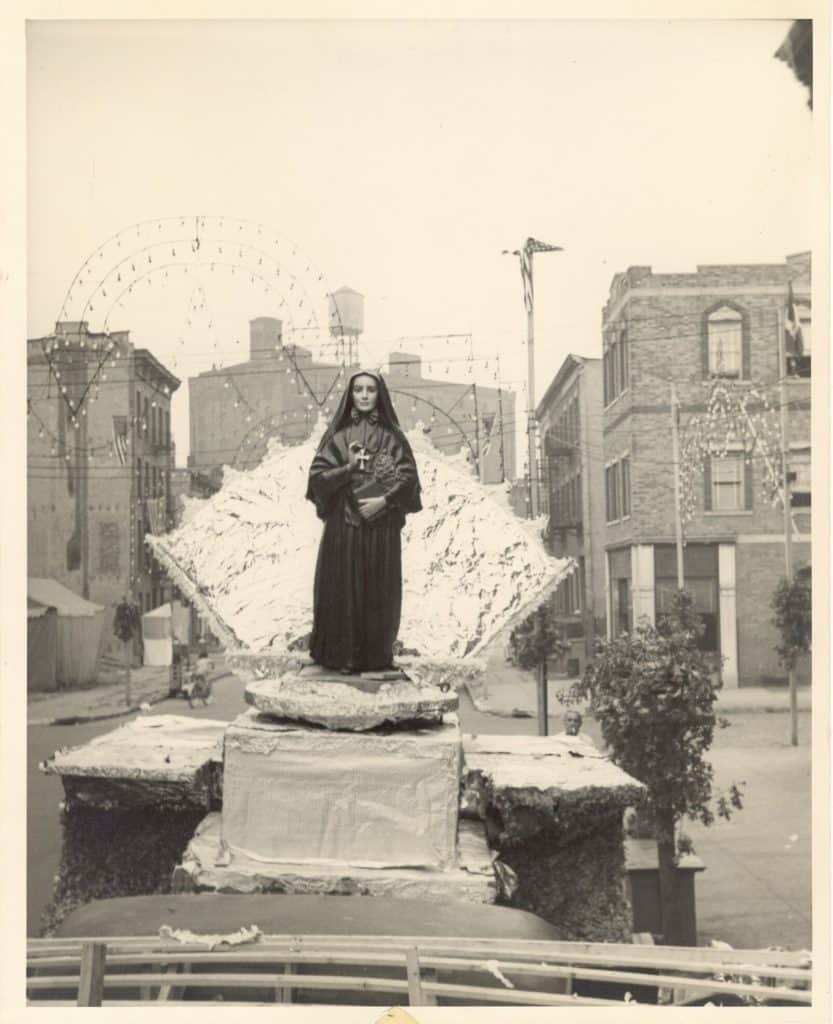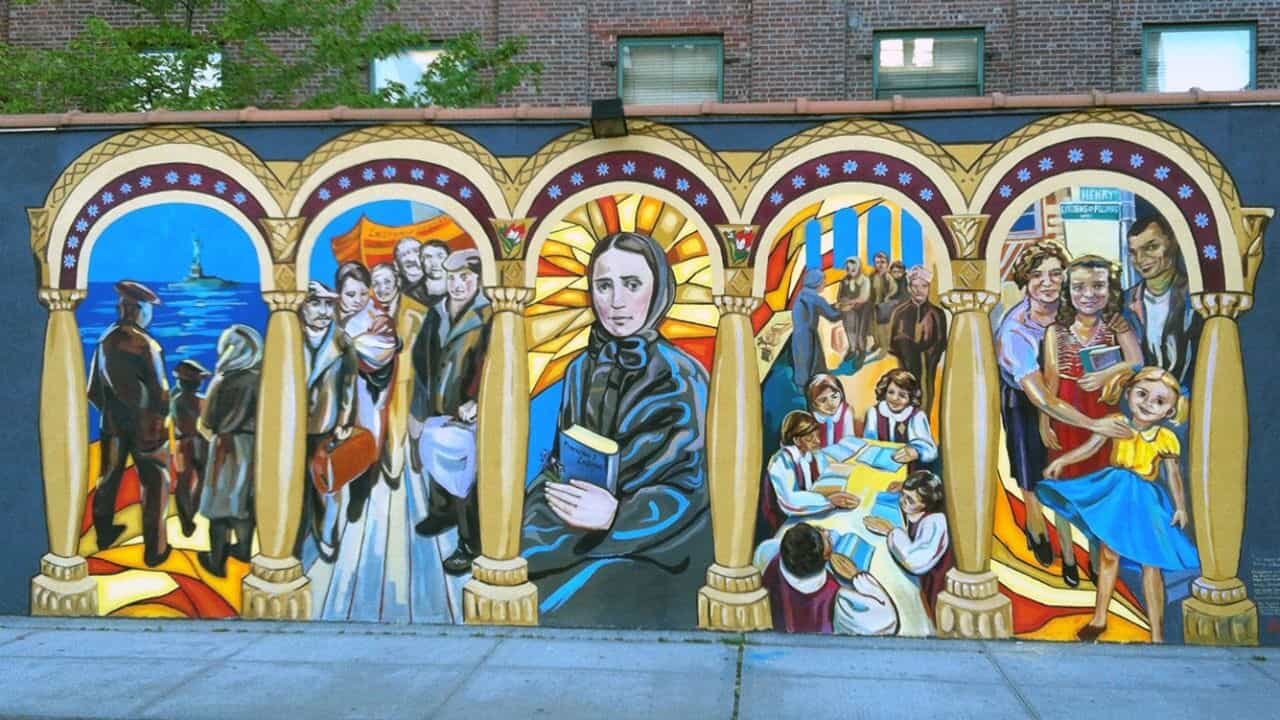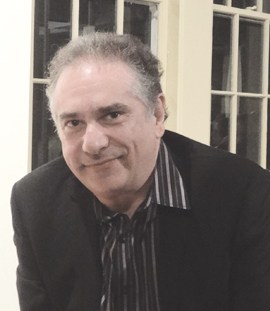She Built NYC concept
She Built NYC is a public arts campaign that honors women through the installation of monuments that recognize and celebrate their historic impacts on and contributions to New York City (NYC). Former Deputy Mayor Alicia Glen and First Lady Chirlane McCray launched it in June 2018, after research showed that only five out of the City’s 150 statues of historic figures depict women. As a result, the campaign is meant to slowly but surely fill the gap by installing more women statues throughout the five boroughs. Glen and McCray’s goal is to “ensure that half of the city’s statues honor women who … have been absent from [New York’s] public spaces.”
“Public monuments should tell the full history and inspire us to realize our potential – not question our worth,” McCray said earlier this year.
A public call for nominations, via online forms, initially took place between June 20 and August 1, 2018, with residents submitting their suggestions for women or events in women’s history that should be considered for future commemorations. More than 2,000 nominations for over 320 women were collected.
Their website currently says that, following the open call, an advisory committee reviewed the public nominations and provided guidance and recommendations. The City took into account both the eligible nominations from the public and the committee’s recommendations, plus looked at other factors like location, commitment to diverse representation, existing publicly accessible monuments and site feasibility.
First round of nominations
 She Built NYC announced on March 6, 2019 – seven months later – that four monuments would be built throughout the boroughs in honor of jazz legend Billie Holiday (Queens), desegregation activist Elizabeth Jennings Graham (Manhattan), women’s rights activist Dr. Helen Rodriguez Trías (Bronx) and Robbins Reef Lighthouse keeper Katherine Walker (Staten Island). They joined Rep. Shirley Chisholm – the first African American woman to serve in Congress and the first African American woman to campaign for the Democratic Party’s nomination for president of the United States – who had already been designated in November 2018 to have a monument built at the Parkside entrance of Prospect Park. It was also decided that statues for LGBTQ advocates Marsha P. Johnson and Sylvia Rivera would be installed near the Stonewall Inn.
She Built NYC announced on March 6, 2019 – seven months later – that four monuments would be built throughout the boroughs in honor of jazz legend Billie Holiday (Queens), desegregation activist Elizabeth Jennings Graham (Manhattan), women’s rights activist Dr. Helen Rodriguez Trías (Bronx) and Robbins Reef Lighthouse keeper Katherine Walker (Staten Island). They joined Rep. Shirley Chisholm – the first African American woman to serve in Congress and the first African American woman to campaign for the Democratic Party’s nomination for president of the United States – who had already been designated in November 2018 to have a monument built at the Parkside entrance of Prospect Park. It was also decided that statues for LGBTQ advocates Marsha P. Johnson and Sylvia Rivera would be installed near the Stonewall Inn.
“When we launched She Built NYC, we promised this would not be a ‘one and done,’” former Deputy Mayor Alicia Glen said on March 6. “Today’s announcement marks real action by the City of New York to ensure that our public realm exemplifies the diverse and accomplished women who make this city so great.”
According to She Built NYC records, Saint Frances Xavier “Mother” Cabrini received the most nominations – a landslide 219 with urban writer and activist Jane Jacobs’s 93 nominations in second place. In descending order of the chosen women (based on number of nominations received), Chisholm had 91; Walker had 68; Johnson had 65; Rivera had 21; Graham had 17; Holiday had 16; and Trías had 7.
Presently their website states that the list of nominations “remains active and may be drawn from in pursuing future monuments – both publicly- and privately- funded – under She Built NYC.” The next time another public nomination period opens again is on or before June 2020. Their website also states that the nomination form will be opened at least once every five years so that new names can be added for consideration.
Those who helped nominate Cabrini to the top

Some parishioners and staff members from St. Frances Cabrini Parish (Dyker Heights) and Sacred Hearts & St. Stephen Parish (Carroll Gardens) immediately promoted and nominated Cabrini when they heard about She Built NYC. Cabrini, who emigrated from Italy in 1898 and became a naturalized U.S. citizen in 1909, is most known for being the patroness of immigrants.
“[The nomination] had much less to do with her religious zeal and much more to do with her social work. She was someone who was constantly building, growing and trying to meet the needs of people, no matter who they were,” said John L. Heyer II, Sacred Hearts & St. Stephen’s pastoral associate. “[Mother Cabrini] believed in prison reform and helping prisoners, in providing health care and medical care to everyone – regardless of their ability to pay – and in helping immigrants acclimate to their new country.”
Many were happy to hear that Cabrini had received the most nominations, but were disheartened that a statue wouldn’t be erected for her when it was first announced. Laura Eng, a lifelong parishioner at Sacred Hearts & St. Stephen’s, nominated Cabrini partly because the saint was always in her life growing up.
“My grandparents, parents, aunts and uncles always had a great reverence and love for Mother Cabrini, and that trickled down to my generation,” Eng said. “I wasn’t alive when she was here, but I did benefit from her because I was educated in a school taught by her Sisters [Sacred Hearts of Jesus and Mary School]. Many people benefited from her in the later generations [too].”
Eng acknowledged that this wasn’t a contest, but wrote an email to She Built NYC to express her disappointment. She also asked for an explanation as to why Cabrini was overlooked. “Something that was supposed to be so positive to all women and men of this great city has left many of feeling very upset and disenfranchised,” she wrote to them.
The She Built NYC team responded to Eng, saying that, while they appreciated the passion and enthusiasm, New York City already has a shrine (in Washington Heights), a street and parkland named in her honor. They also reiterated that this was an ongoing process and that Cabrini would still be part of their active list that they would look to in pursuing future monuments.
Other people sent letters to McCray and to the Commissioner charged with the matter of City statues, according to Joseph Sciame, president of the Sons of Italy Foundation. He told us that he personally spoke with Mayor Bill de Blasio on October 11, who had assured him that a second round for future statues would be held and that Cabrini would top the list. “But when advised to do so immediately, he procrastinated,” Sciame said. “There was no reason to wait, for Mother Cabrini had received the highest number of votes in the poll.”
Religious procession and Mass
A religious procession to honor Mother Cabrini, in conjunction with the annual Mass of the Italian Apostolate of the Diocese of Brooklyn, was organized two months ago. Reverend Nicholas DiMarzio, Bishop of Brooklyn, and the Italian Apostolate of the Diocese of Brooklyn, hosted the procession and Mass in Carroll Gardens on October 6. They also announced a fundraising campaign had been established and launched (in September by the Italian Apostolate of the Diocese of Brooklyn) for the construction of a public Mother Cabrini statue.
Mother Cabrini Procession from Diocese of Brooklyn Press Office on Vimeo.
“The failure to honor Mother Cabrini with a public statue would be an affront to many New Yorkers, especially Italian-Americans, who see her as most deserving,” Bishop DiMarzio said.
DiMarzio led the procession from Mother Cabrini Park to Sacred Hearts & St. Stephen Church, where Mass was held afterward. The procession and the Mass – which usually garners 400 attendees every year – resulted in more than twelve hundred people coming instead, according to Heyer. DiMarzio, in his homily, elaborated on how Cabrini would probably say she doesn’t need any accolades, but that it’s important for people to remember her. Eng added that the homily also focused on the importance of Cabrini’s mission and encouraged the congregation to help those in need of assistance.
As reported by Patch, a group of Missionary Sisters of the Sacred Heart also came, including Sister Antonina Avitable and Sister Bernadette Anello. They were born and raised in the neighborhood and had taught at Sacred Hearts of Jesus and Mary School. Sister Bernadette, who was Eng’s fifth-grade teacher, felt that the procession and Mass were a “positive response” to She Built NYC’s decisions.
Columbus Day parade float
Nearly a week after the procession and Mass, the Diocese of Brooklyn revealed that their NYC Columbus Day Parade float this year would feature a Cabrini statue. Since Cabrini was an Italian immigrant herself, it seemed appropriate to have her statue on display.
Roman Catholic parishioners from throughout the diocese got involved and marched on the street, holding a large banner that said “Join us in Honoring Mother Cabrini at CFBQ.org/CabriniStatue.” Behind them, DiMarzio and a group of students from different academies rode on the float and waved Italian flags.
Columbus Day Parade from Diocese of Brooklyn Press Office on Vimeo.
“People were walking in the streets in honor of her. . . . It was kind of the will of the people that something be done,” Heyer commented.
Governor Andrew Cuomo announced, on the same day of the parade, his support for a new memorial to honor Cabrini and that a State Commission would work with the Columbus Citizens Foundation, the Diocese of Brooklyn and others to site and fund the new statue.
“We want to honor [Cabrini] in the original intent that she was voted on – for what she did for the City of New York. That’s what, I think, should be the most important thing of this, not who builds the statue,” said Father Guy Sbordone from St. Frances Cabrini Parish, who is appreciative that Cabrini is being recognized as someone who helped contribute to the building of NYC. “One-hundred-and-two years after her death, she’s still being honored, remembered and celebrated for all that she did.”
Top photo of the St. Frances Xavier Cabrini mural (located at 500 Hicks Street, Brooklyn – across from the former Sacred Hearts School between Kane and Degraw Streets), courtesy of Sacred Hearts & St. Stephen Parish.
Author
-

George Fiala has worked in radio, newspapers and direct marketing his whole life, except for when he was a vendor at Shea Stadium, pizza and cheesesteak maker in Lancaster, PA, and an occasional comic book dealer. He studied English and drinking in college, international relations at the New School, and in his spare time plays drums and fixes pinball machines.
View all posts
George Fiala has worked in radio, newspapers and direct marketing his whole life, except for when he was a vendor at Shea Stadium, pizza and cheesesteak maker in Lancaster, PA, and an occasional comic book dealer. He studied English and drinking in college, international relations at the New School, and in his spare time plays drums and fixes pinball machines.










